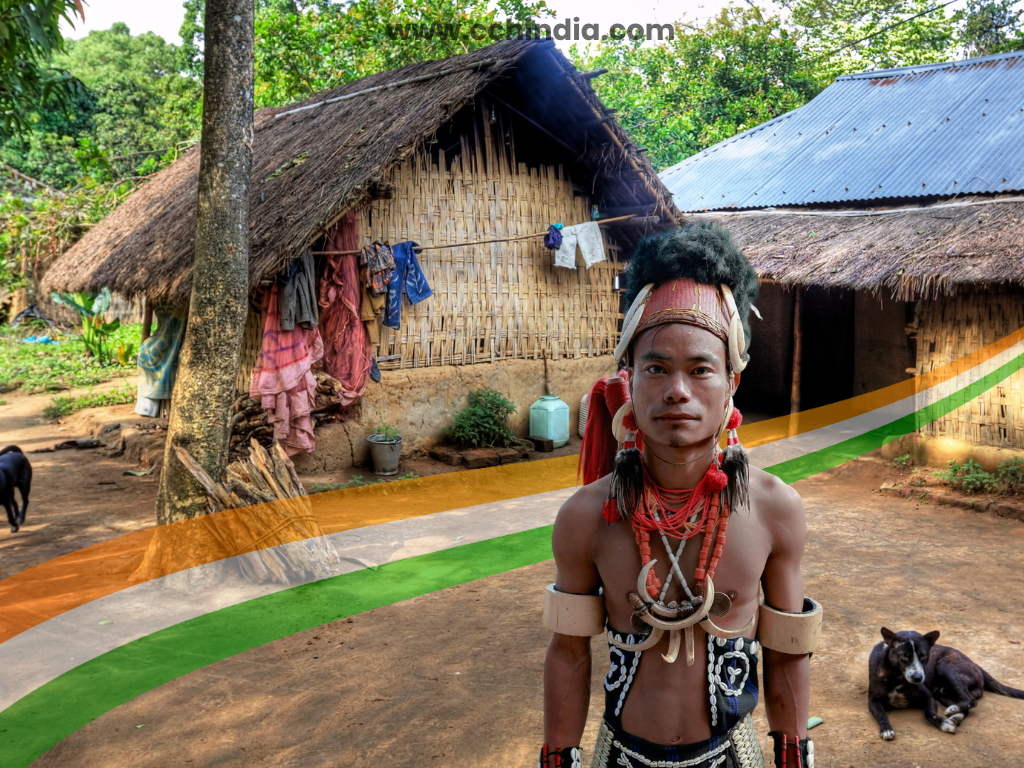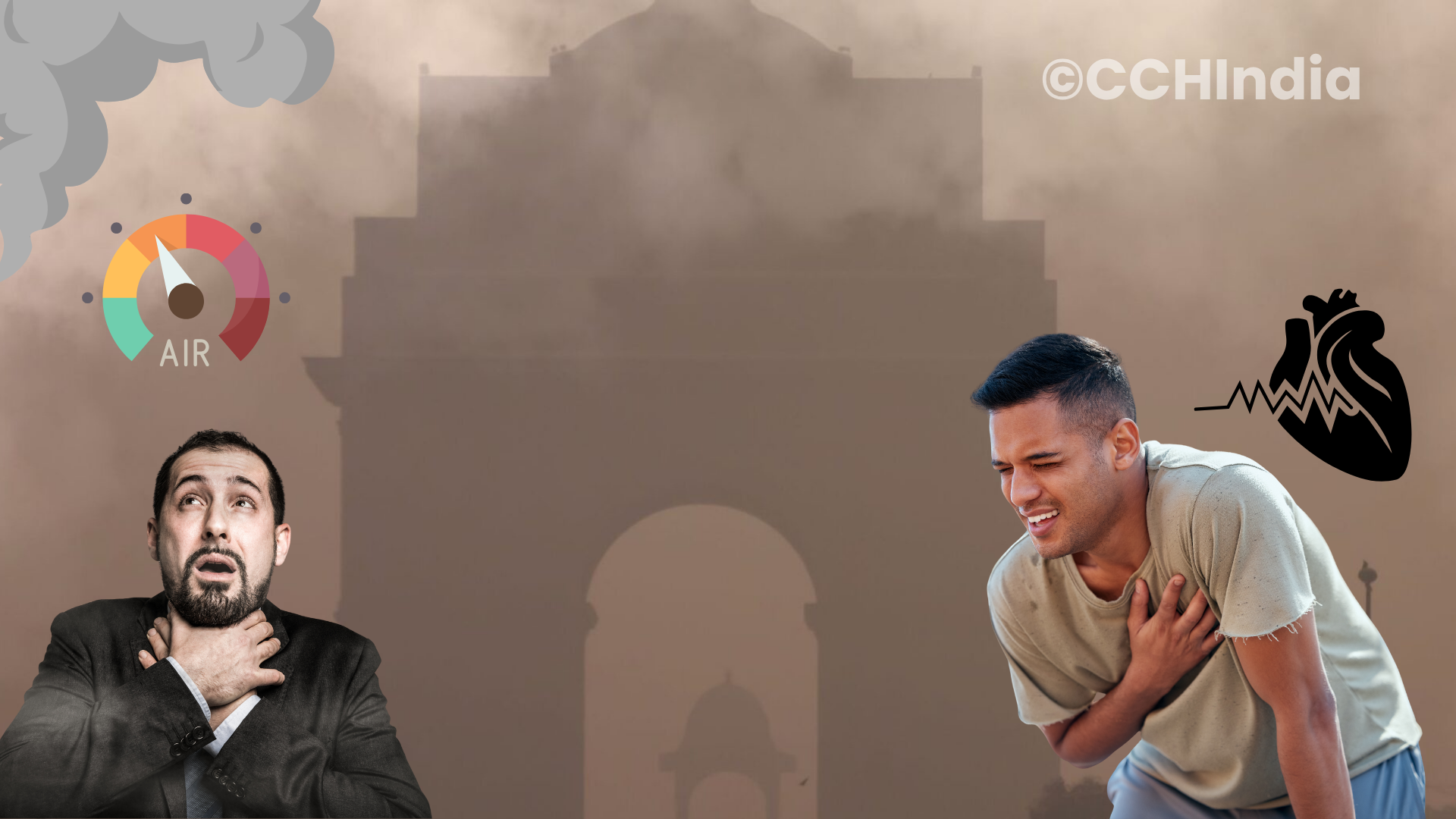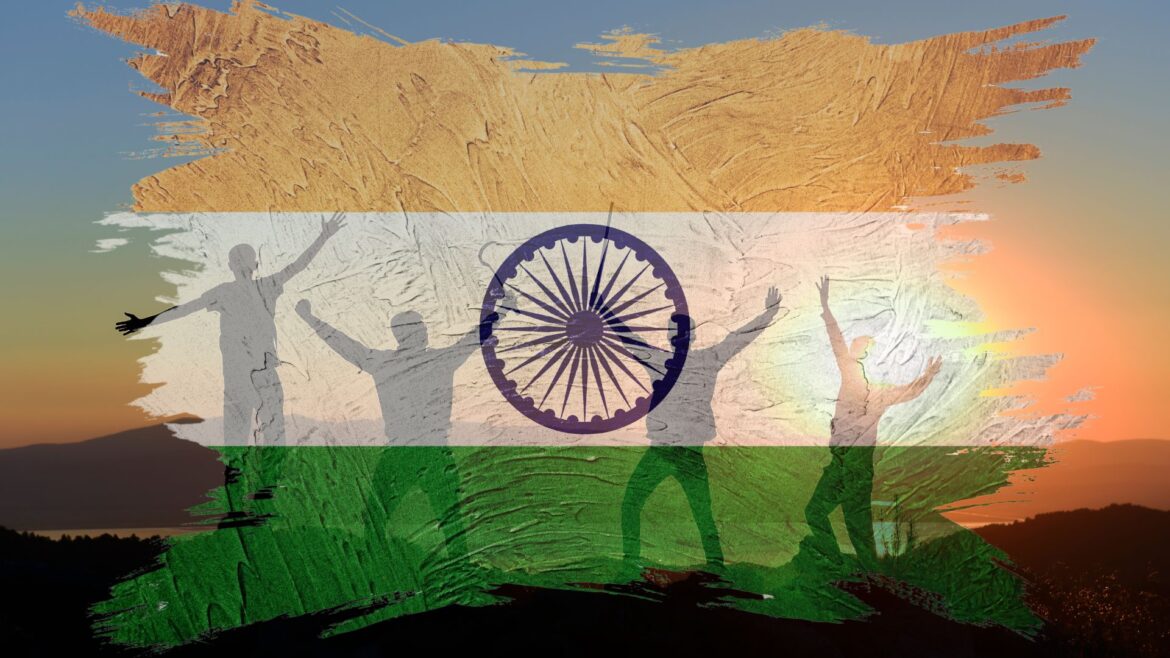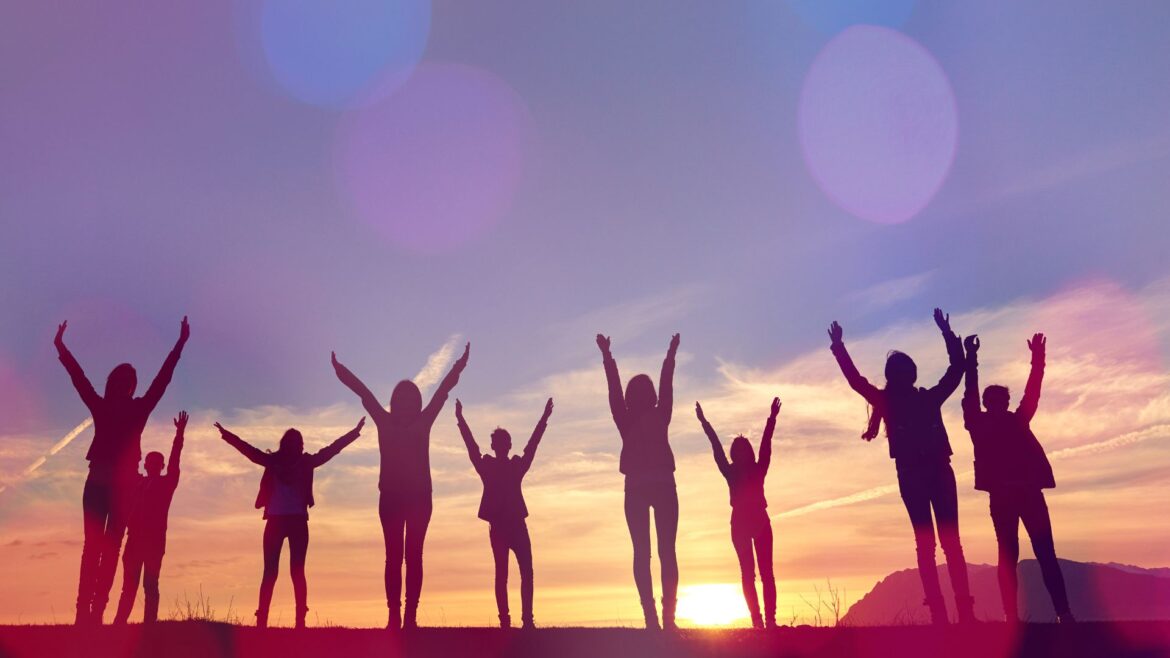Tribal Empowerment Isn’t Just a Buzzword — It’s the Missing Link in India’s Growth Story
Let me get this off my chest first — we can’t talk about “Viksit Bharat” or a developed India in 2047 if we’re still leaving behind our tribal communities.
Simple as that.
It’s like trying to complete a puzzle with half the pieces missing. You can pretend it’s done, but you and I both know it’s incomplete.
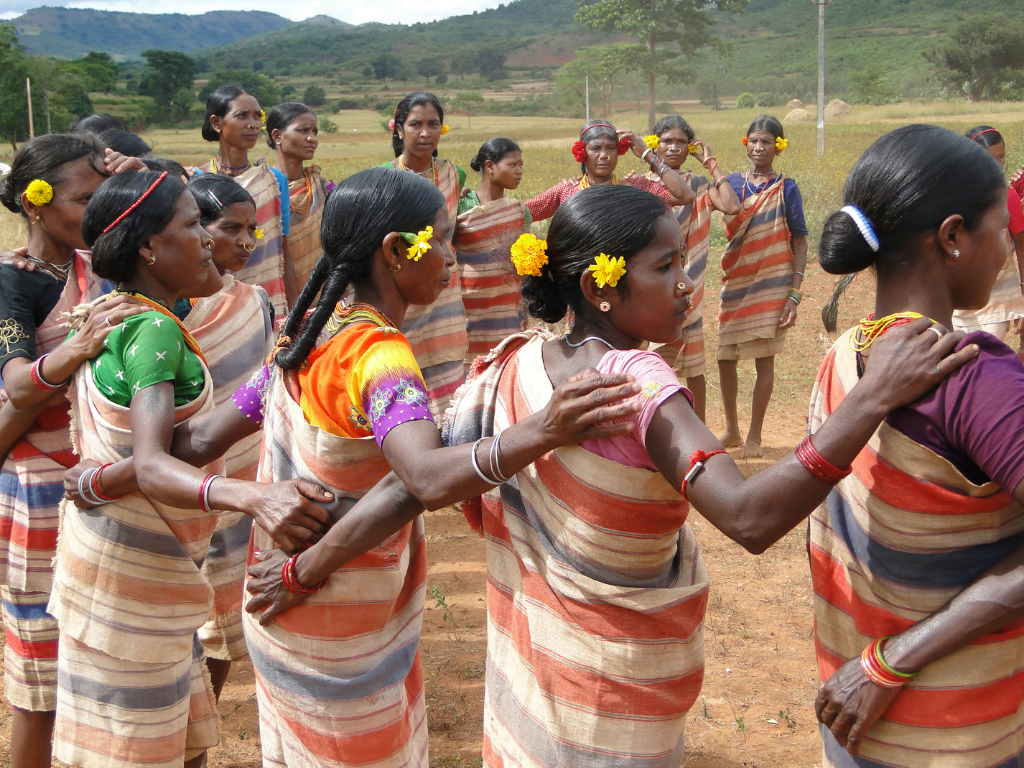
They’re Not Just “Tribals.” They’re India, Too.
You ever think about who the real custodians of India’s forests, rivers, and hills are?
It’s not us city folks with our Google maps and hiking boots. It’s the tribal communities — Adivasis — who’ve lived in sync with nature for generations. They don’t just “use” the forest. The forest is part of them. It’s sacred. It’s life.
I’ve had the privilege of visiting parts of Odisha and Chhattisgarh where tribal communities live. I remember this one elder from the Dongria Kondh tribe who told me, “Jungle hamara maa hai” (The forest is our mother).
That sentence hit hard.
We build highways and factories, then launch campaigns to “save the planet.”
They plant trees without even calling it a movement.
Let’s Be Honest — We’ve Failed Them
Now, I’m not here to write a sob story. But facts are facts.
- We’ve taken their land.
- We’ve built dams and mines that forced them out.
- We’ve labeled them “backward.”
- And we’ve handed them token welfare schemes like tossing breadcrumbs to someone we robbed.
Sounds harsh? Maybe.
But if you think about it deeply — who really benefits from all this so-called “development”?
They lose their land, their culture, their identity.
And in return? A ration card? A leaky school building? Maybe a job at the bottom rung of a company that displaced them in the first place?
How’s that fair?
Real Empowerment Starts With Listening 👂
We don’t need to teach them how to live. They’ve been surviving in harmony with nature for centuries.
What they need is access — to quality education, proper healthcare, representation in policymaking, and protection for their land and culture.
But here’s the catch — it has to come on their terms.
Not as handouts, but as partnerships.
For instance, instead of dumping irrelevant school curriculums on tribal kids, why can’t we include their folklore, their local languages, their history in classrooms?
Why do we always assume “mainstream” is better?
Let them preserve their identity while building skills that help them thrive in today’s world.
Give them tools, not just rules.
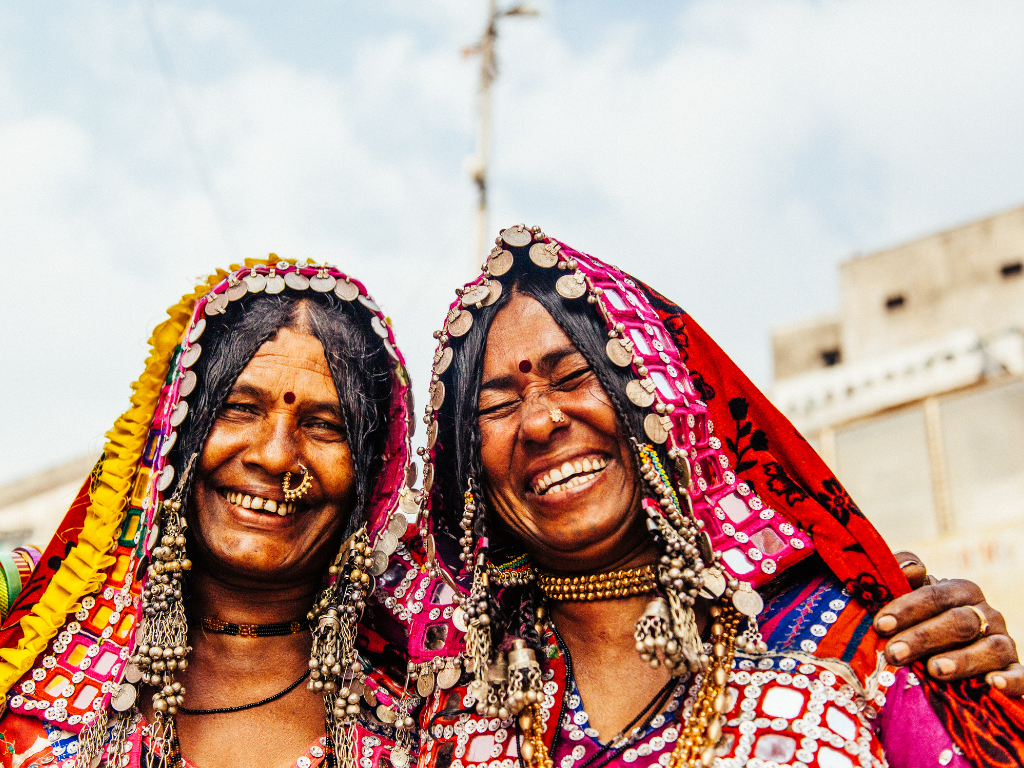
Think Beyond Welfare — Think Leadership
This is something I feel strongly about.
We keep designing policies for them — but how often do we design policies with them?
Tribal empowerment doesn’t just mean building schools and giving jobs.
It means seeing tribal youth as future leaders, not just beneficiaries.
Imagine a tribal woman becoming an IAS officer — not to escape her identity but to represent it proudly.
Picture a Gondi-speaking app developer who builds tools for his village — weather alerts, government scheme updates, even folk storytelling for the next generation.
slot deposit pulsa
This isn’t a dream. It’s possible.
But it starts with us changing how we see tribal communities — not as a problem to be fixed, but as partners to be uplifted.
It’s Not Just Their Fight — It’s Ours, Too 💪
If you live in a city and think this doesn’t affect you — think again.
- The forests they protect? That’s the air you breathe.
- The rivers that flow through their lands? That’s the water in your tap.
- The climate we’re all worried about? They’ve been fighting that battle way before “climate change” was a trending topic.
Tribal empowerment is national empowerment.
Their development = our sustainability.
And let’s be real — if we keep leaving 100 million+ tribal people behind, what kind of progress are we even making?
A Personal Confession
I didn’t always think this way.
Like many people, I grew up seeing tribal folks in textbooks or maybe in folk dance programs at school. I never really saw them — not as equals, not as citizens with dreams and rights just like me.
But over time, and especially after meeting a few tribal students during a workshop I volunteered at — I began to notice how wide the gap really is.
One girl, Meena, told me how her father walks 12 km just to get a basic check-up for her younger brother.
Another boy said he loved coding but didn’t have internet at home.
Their dreams aren’t different from ours.
Just harder to reach.
Why?
Not because they’re incapable — but because the system doesn’t expect them to rise.
Final Thoughts — No Big Words, Just a Big Hope 🌱
If you’ve made it this far, thank you.
Maybe you’ll think a little differently the next time you hear a politician talk about “inclusive growth.”
Maybe you’ll speak up when someone jokes about tribal people as if they’re “less than.”
Maybe you’ll donate, support, or just listen a bit more.
Tribal empowerment isn’t charity.
It’s justice.
And it’s key to building the kind of India we can all be proud of.
Not just tall buildings and fancy GDP stats — but an India that grows without leaving anyone behind.
Let’s not build a new India by erasing the oldest parts of it.
And let’s not forget — empowerment doesn’t end with inclusion. It also means removing the deep-rooted barriers like corruption. If you’re curious about how a corruption-free India ties into this journey, check out this thought-provoking read:
👉 Corruption-Free India for a Viksit Bharat: The Real Road to 2047


